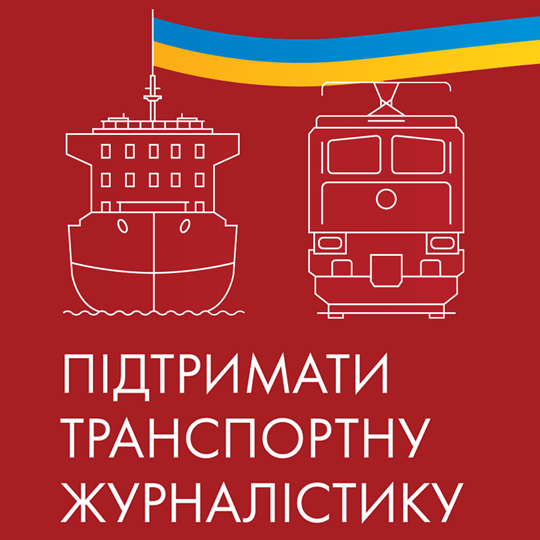The Ukrainian Railways public joint-stock company (Ukrzaliznytsia) and Polish Railways (PKP) intend to agree mutually beneficial tariffs for passenger trains in the 2017/2018, which will be competitive with tariffs for other modes of transport on this route. Ukrzaliznytsia’s head Wojciech Balczun and PKP’s head Krzysztof Maminski signed the relevant protocol after talks in Kyiv on Friday, 4 August, the Interfax Ukraine news agency reports.
According to Balczun, Ukrzaliznytsia will launch a second pair of Kyiv-Przemysl trains, which will pass through Vinnytsia, Khmelnytskyi, and Ternopil, on August 24 because the proposed Kyiv-Przemysl route and the tariffs on the route have turned out to be very popular.
"We are interested in further developing such a progressive pricing policy, in which the railroad is a worthy competitor to road transport," the head of Ukrzaliznytsia said.
In addition, the companies plan to introduce online sale of tickets for other trains between Ukraine and Poland.
According to the statistics that was provided, 74,100 passengers were transported between Ukraine and Poland in the first half of 2017, which is 2.5 times more than the number that was transported in 2016.
According to Ukrzaliznytsia, export of freight from Ukraine to Poland increased by 2.6% to 4,438,400 tons in the period of January-June-2017 compared with the period of January-June-2016.
In general, the volume of East-West freight traffic through Ukrainian-Polish border crossings increased by 399,500 tons or 7.1% (including transit freight by 287,700 tons or 21.9%) in the first six months of 2017, compared with the corresponding period of 2016. The volume of West-East freight traffic increased by 228,700 tons or by 32.1% in the first six months of 2017, compared with the corresponding period of 2016.
The participants in the meeting discussed the possibility of attracting additional volumes of cargo to Ukraine through implementation of the New Silk Road project, which offers an alternative route for transportation of cargo from China and Iran to Europe, using ferry crossings on the Black and Caspian Seas.




